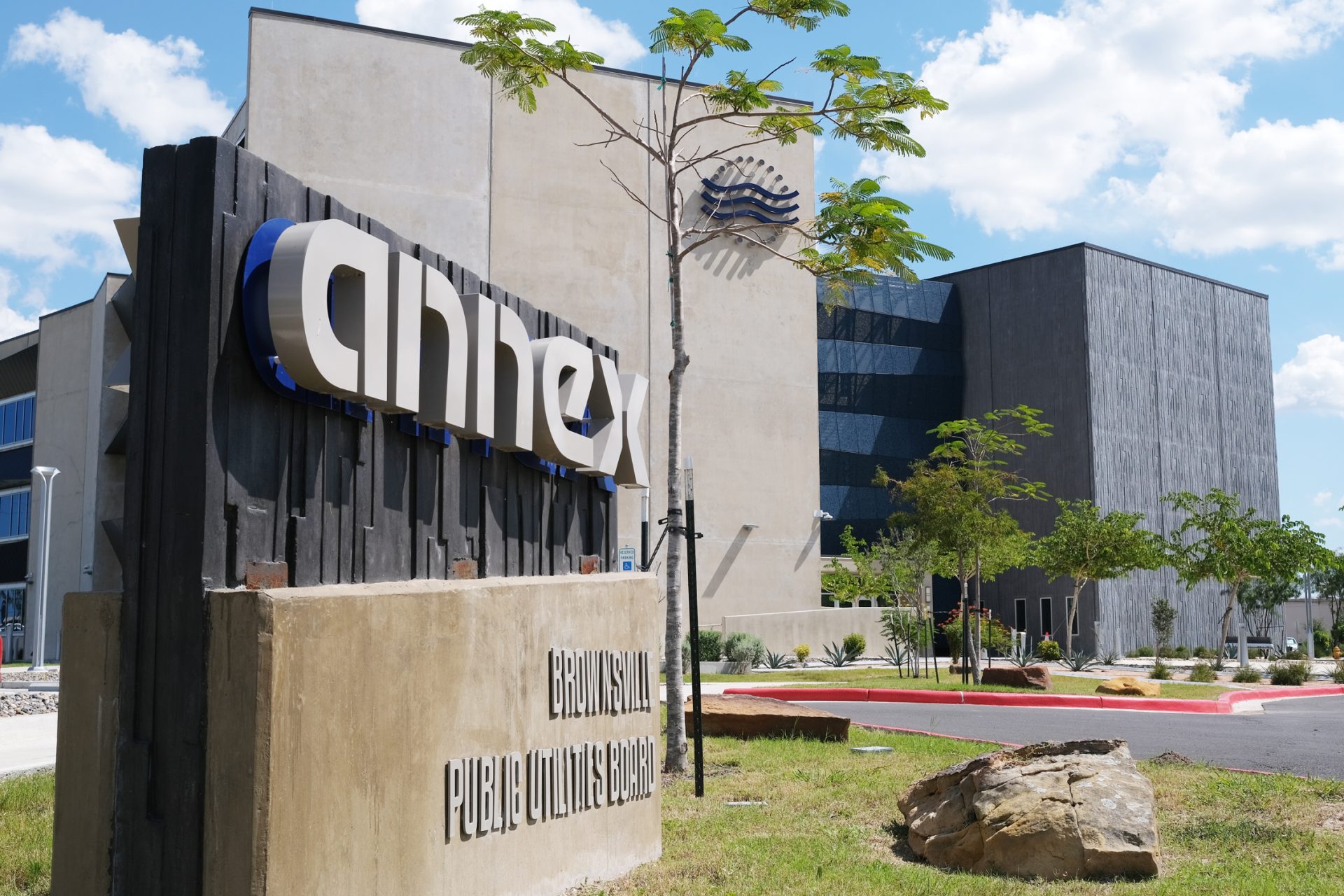“`html
Brownsville Regional finance: Navigating Economic Tides in the Rio Grande Valley
Brownsville, Texas, a city nestled at the southernmost tip of the United States, presents a unique tapestry of economic challenges and opportunities. Situated in the Rio Grande Valley, a region marked by its rich cultural heritage, burgeoning cross-border trade, and persistent socioeconomic disparities, Brownsville’s financial landscape is a complex interplay of local, national, and international forces. This article delves into the intricacies of regional finance in Brownsville, examining the key sectors, challenges, and potential pathways to sustainable economic growth.
The Foundations: Trade, Tourism, and Agriculture
Historically, Brownsville’s economy has been anchored by three primary pillars: international trade, tourism, and agriculture. These sectors remain crucial, though their dynamics have evolved significantly over time.
International Trade: The Lifeblood of the Border
Brownsville’s proximity to Matamoros, Mexico, makes it a pivotal hub for cross-border trade. The North American Free Trade Agreement (NAFTA), and its successor, the United States-Mexico-Canada Agreement (USMCA), have profoundly shaped this dynamic. The movement of goods, services, and labor across the border is integral to the region’s economy, driving manufacturing, logistics, and retail sectors. However, this reliance on international trade also exposes Brownsville to fluctuations in global markets and shifts in trade policies.
Tourism: Unveiling the Charm of the Rio Grande Valley

Brownsville’s rich history, cultural attractions, and natural beauty make it a compelling destination for tourists. From the historic downtown area to the natural wonders of the nearby Laguna Atascosa National Wildlife Refuge, the city offers a diverse range of experiences. Tourism contributes to local revenue through hospitality, dining, and retail. However, the industry is susceptible to seasonal variations and economic downturns.
Agriculture: A Legacy Rooted in the Land
The fertile lands surrounding Brownsville have long supported agricultural activities, particularly in the production of citrus fruits, sugarcane, and vegetables. While agriculture’s share of the overall economy has declined, it remains an important source of employment and income. The sector faces challenges related to water scarcity, labor availability, and competition from larger agricultural producers.
Challenges and Opportunities: Navigating Economic Disparities
Despite its strategic location and economic potential, Brownsville grapples with significant challenges, including high poverty rates, limited access to capital, and a relatively low level of educational attainment. Addressing these issues is crucial for fostering sustainable economic growth.
Poverty and Income Inequality: Bridging the Gap
Brownsville and the broader Rio Grande Valley have some of the highest poverty rates in the United States. This disparity is compounded by income inequality, which limits opportunities for upward mobility. Addressing these challenges requires a multifaceted approach, including investments in education, job training, and affordable housing.
Access to Capital: Fueling Entrepreneurship and Small Business Growth

Small businesses are the backbone of Brownsville’s economy, but many entrepreneurs struggle to access the capital they need to start or expand their ventures. Limited access to traditional bank loans and venture capital can hinder innovation and job creation. Initiatives aimed at increasing access to microloans, community development financial institutions (CDFIs), and other alternative financing options are essential.
Education and Workforce Development: Building a Skilled Workforce
Investing in education and workforce development is critical for building a skilled workforce that can meet the demands of a changing economy. Improving educational attainment, expanding vocational training programs, and fostering partnerships between educational institutions and local businesses are key strategies.
Infrastructure Development: Laying the Foundation for Growth
Adequate infrastructure is essential for supporting economic activity. Investments in transportation, utilities, and broadband internet access are crucial for attracting businesses, facilitating trade, and improving quality of life. Upgrading existing infrastructure and developing new facilities are necessary to support future growth.
Emerging Sectors and Diversification: Charting a New Course
While traditional sectors remain important, Brownsville is also exploring opportunities in emerging industries, such as renewable energy, aerospace, and advanced manufacturing. Diversification is key to building a more resilient and sustainable economy.
Renewable Energy: Harnessing the Power of the Sun and Wind

The Rio Grande Valley’s abundant sunshine and wind resources make it an ideal location for renewable energy development. Investments in solar and wind power projects can create jobs, reduce reliance on fossil fuels, and contribute to a cleaner environment.
Aerospace: Launching New Opportunities
The presence of SpaceX’s Starbase facility near Brownsville has brought significant attention to the region’s aerospace potential. This emerging sector has the potential to create high-paying jobs and attract related industries. Developing a skilled workforce and supporting infrastructure are critical for capitalizing on these opportunities.
Advanced Manufacturing: Embracing Innovation
Advanced manufacturing, which incorporates technologies such as robotics, automation, and 3D printing, offers opportunities for increasing productivity and competitiveness. Attracting advanced manufacturing businesses to Brownsville can create jobs and contribute to economic diversification.
The Role of Government and Community Initiatives
Government policies and community initiatives play a vital role in shaping Brownsville’s economic future. Collaboration between local, state, and federal agencies, as well as partnerships with community organizations and businesses, are essential for addressing challenges and capitalizing on opportunities.
Economic Development Strategies: Fostering Growth and Investment
Effective economic development strategies are crucial for attracting businesses, creating jobs, and promoting sustainable growth. These strategies should be tailored to the specific needs and assets of Brownsville, focusing on key sectors and addressing critical challenges.
Community-Based Initiatives: Empowering Local Residents
Community-based initiatives play a vital role in addressing social and economic challenges at the grassroots level. Programs focused on education, job training, and entrepreneurship can empower local residents and contribute to community development.
Cross-Border Collaboration: Strengthening Regional Ties
Given its location on the U.S.-Mexico border, Brownsville’s economic future is closely tied to its relationship with Matamoros and the broader region. Strengthening cross-border collaboration in areas such as trade, tourism, and infrastructure development can create mutual benefits.
The Future of Brownsville Regional Finance: A Path Forward
Brownsville stands at a crossroads, facing both significant challenges and promising opportunities. By addressing its socioeconomic disparities, investing in education and infrastructure, and diversifying its economy, the city can build a more prosperous and sustainable future. The key lies in fostering collaboration, embracing innovation, and empowering its residents to reach their full potential.
In conclusion, Brownsville’s regional finance is a complex and dynamic landscape. While the city faces persistent challenges, its strategic location, rich cultural heritage, and emerging industries offer promising pathways to economic growth. By embracing a comprehensive and collaborative approach, Brownsville can navigate the tides of change and create a brighter future for its residents.
“`
